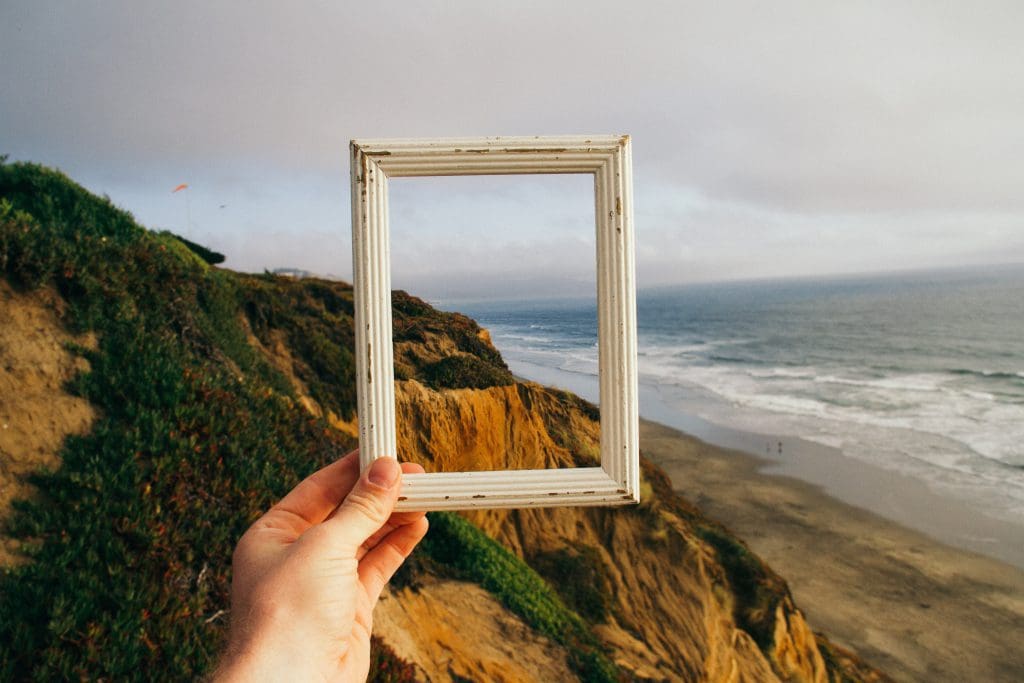One of the main issues for beginner photographers is whether their pictures are good or not. What Makes a Good Photo? You may like some of your pictures very much but you struggle with the fact that your public doesn’t have the same opinion. Maybe your pictures aren’t popular on Instagram or don’t win awards. So what makes a good photo and how can you be sure you’ll get the reaction you want? We base our answers on David duChemin’s book, Photographically Speaking: A Deeper Look at Creating Stronger Images.
The voice behind the picture
A picture is made of two aspects: the technical skills of capturing a scene using a camera and the message you want to convey. If you only deliver one of these two aspects, your public won’t be impressed. Neither will be the critics.
David duChemin argues in his book that “a significant part of what makes a photograph successful is the communication of some key thought or feeling, whether that’s something deep and ponderous and meaning-of-lifeish, or a simple statement about the laughter of a child (which I would argue is still pretty close to being meaning-of-lifeish).”
Thus a good photo is a photo with a strong and easy-to-understand message. First, compose the story in your head, then engage with the subject, and only at the end take the photo. David duChemin says that many of his photography students aren’t used to think their photos before taking them. They just press the shutter release and capture a scene, without considering what enters the frame and what doesn’t. So maybe paying more attention to your composition and intentions will take you closer to a good photo.
The camera is an idiot
We buy professional cameras and lenses; surround ourselves with expensive gear; and dream of having the last technology available. But will a state-of-the-art gear help us deliver a good photo? David duChemin shows us that the camera is an idiot who transforms the three-dimensional scene we see into a two-dimensional picture. However expensive the camera is, it still flattens the scene and loses one dimension. The art of photography is to see things as the camera sees them and creates the illusion of three-dimensional pictures.
“Before we learn to see like the camera and understand that the camera is a tool that flattens the world from three dimensions to two, we are just people with cameras. The moment we start to see the world as the camera does, we begin to anticipate the way the camera will translate that world, and we become able to use that translator to communicate meaningfully, though even the word translate isn’t quite accurate.”
The personal touch
People are different and like different things. You’ll never be able to please everybody so don’t try it. Be faithful to your artistic vision. Accept the fact that some critics and part of the public won’t like your photos. And let it go. Focus on technique, engage with your subject, learn everything there is to know about your style of photography, and move on. Learning photography is a continuous process that never ends. But instead of being the second Henri Cartier-Bresson, be the first you. After all, photography is your way of expressing yourself. Be authentic and truthful to yourself.

